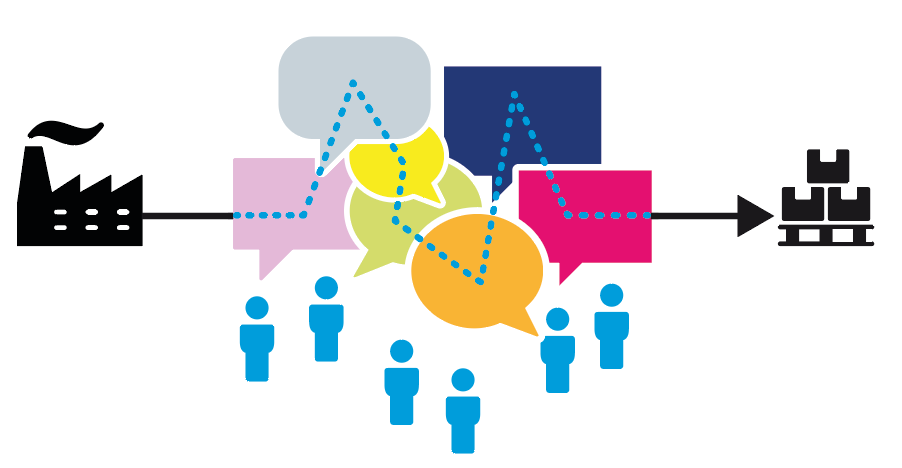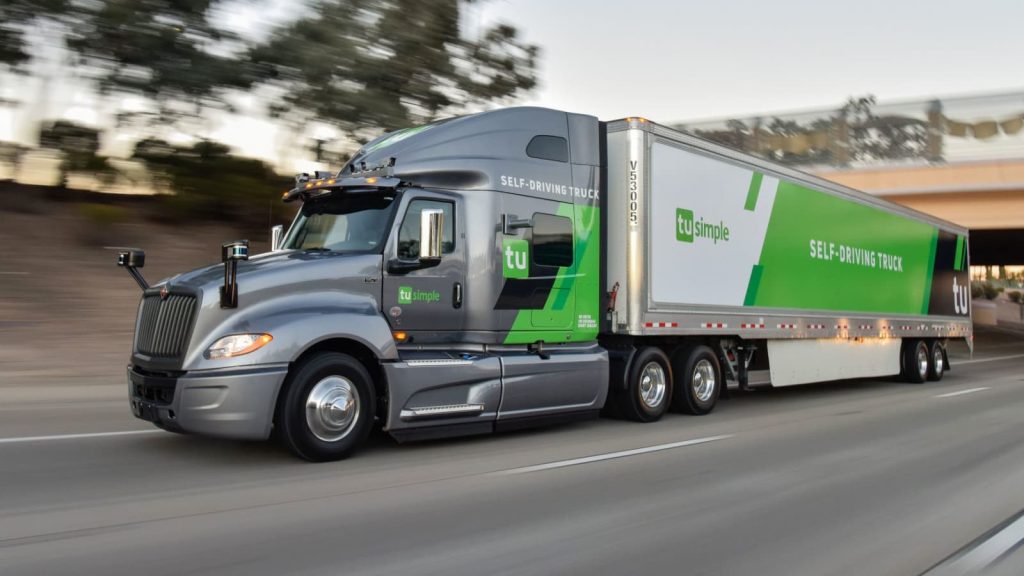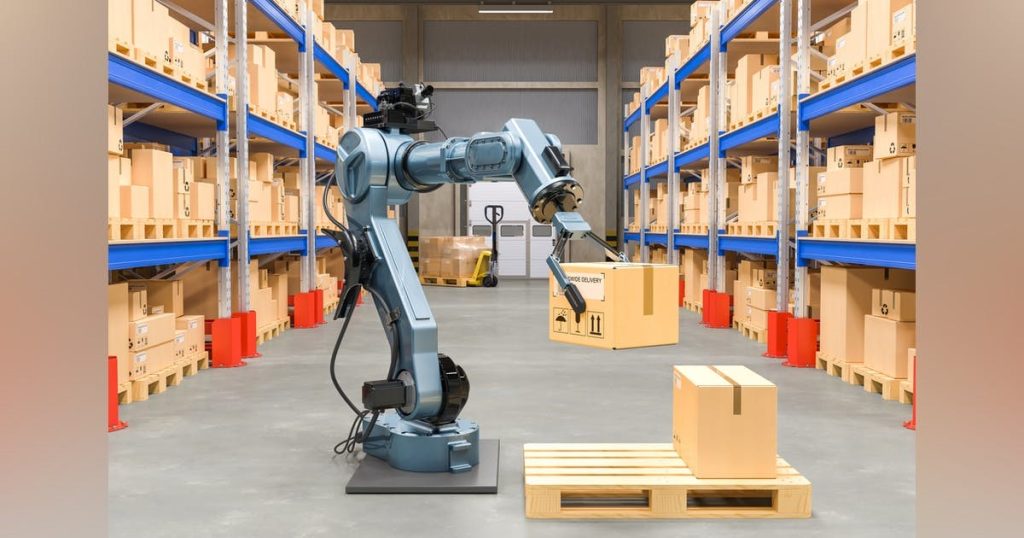Logistics and supply chain management is a dynamic field that needs new approaches and technologies to remain competitive. While supply chains and corporate operations have been streamlined thanks to modern technology, they’ve been pushed farther and more into the future than anybody expected, only fifteen or twenty years ago. Robots in warehouses and autonomous ships, and trucks with computerized shipping and tracking technology have transformed the sector and brought new visibility.
Supply chain management is undergoing a technological revolution due to advancements in the field. Mobile, wireless, and portable technology are leading the way in the logistics and transportation industry because of the need for real-time tracking and same delivery systems.
Given how rapidly the technological landscape is evolving, keeping up with new capabilities and best practices is a never-ending task for major firms with solid investments in older technology. Taking advantage of new technology is critical in this highly competitive market, even if shifts take time.
Listed here are the newest and most promising supply chain technology developments:
1) Predicting consumer demand :

Inventory forecasting in the traditional sense depends heavily on past data. Online retailers may better predict demand, improve inventory levels, and replace the stock with the help of tech-enabled demand forecasting for the supply chain management.
Using data from various internal and external sources, including demographics, the weather, online reviews, and even social media platforms, machine learning improves real-time information for demand forecasting (e.g., brand mentions).
Machine learning may also enhance forecasting for new items that lack historical data by recognizing patterns from comparable products and utilizing this data to anticipate better.
2) AI

Advances in artificial intelligence are shaking up the supply chain. These are the numbers:
By the end of 2022, at least half of all logistics supply chains will have invested in AI, resulting in a 15% productivity increase.
For manufacturing and supply chain planning, the effect of artificial intelligence on the supply chain is predicted to be between $1.2 trillion and $2 trillion. Over time, the transportation and logistics business captures an additional 89 per cent of value from AI deployment.
AI may be divided into two groups when it comes to eCommerce supply chains:
- Artificial intelligence (AI) aids people in their day-to-day activities
- Artificial intelligence (AI) operates independently of the presence of a human being
Businesses may use various AI solutions in the supply chain to analyze detailed information and improve human performance by taking over time-consuming, repetitive jobs. Brands can grow and simplify their supply chain thanks to AI technology, which provides more insight and integration across networks. Algorithms are used to look for patterns, trends, and discrepancies across the whole supply chain (which also plays a role in accurate forecasting).
After adopting AI into their supply chains, 61% of CEOs have reported lower expenses, and 53% have reported higher revenues.
3) Self-driving trucks

For this reason, large expenditures have been made on the development of self-driving trucks, which are now in beta. While large corporations are pouring money into autonomous car startups, years of development and testing remain before the companies can widely use self-driving technology across the transportation sector. However, there will be a significant development in self-driving transportation shortly due to rising worries about a scarcity of drivers and sustainability.
4) Robotics in the warehouse

A long time ago, robotics was being developed but are now becoming more commonplace in the supply chain of online retailers. When the first robots were patented in 1954 and granted in 1961, they were employed in the industrial industry. George Devol and his business Unimation were the first to commercialize manufacturing robotics in 1956 with the release of a prototype industrial robot.
New Jersey-based General Motors introduced its first-ever robot to the workforce in 1962.
Due to their lack of safety while in operation, robots have traditionally primarily been used in factory settings. This has changed, and extensive supply chains are already using robots to speed up and enhance accuracy in retail fulfilment today.
More than half of your warehouse labour expenditures may be attributed to order picking, which reduces the time available for new process adoption and development.
Automating fulfilment (e.g., walking from one side of a fulfilment centre to the other) would free up additional logistics specialists and staff to focus on more complex procedures, such as packaging innovations and workflows.
5) The safety of the supply chain

Supply chain security is a significant worry as worldwide eCommerce sales are estimated to surpass $4.89 trillion by the end of the year. Since supply chains are so intertwined and share so much data, they’re an ideal target for hackers.
With today’s cutting-edge security technologies, you’re better protected. In the current supply chain, the usage of encryption, tokenization, on-demand access, and automated notifications is a must. In a cyberattack on a company’s supply chain, customers’ personal information might be in danger, regardless of who is at risk
Wrapping Up:
Even though technology may be challenging to foresee and understand, the logistics and supply chain business is reaping the benefits of new technical developments. There will be significant changes in the supply chains we deal with in the next five or ten years, and they will be almost impossible to recognize in the next twenty or thirty years.
Supply chain management has become more efficient, transparent, and cost-effective because of advances in technology. It’s critical to have people on your team who are open to trying new things and who can keep up with the latest technological developments. To be successful in this sector, you must be flexible and open to new ideas and doing things.
Are you ready to take advantage of the Supply Chain’s best aspects? Get started with Trangile right now.
We’re here to help. Get in Touch with Us














